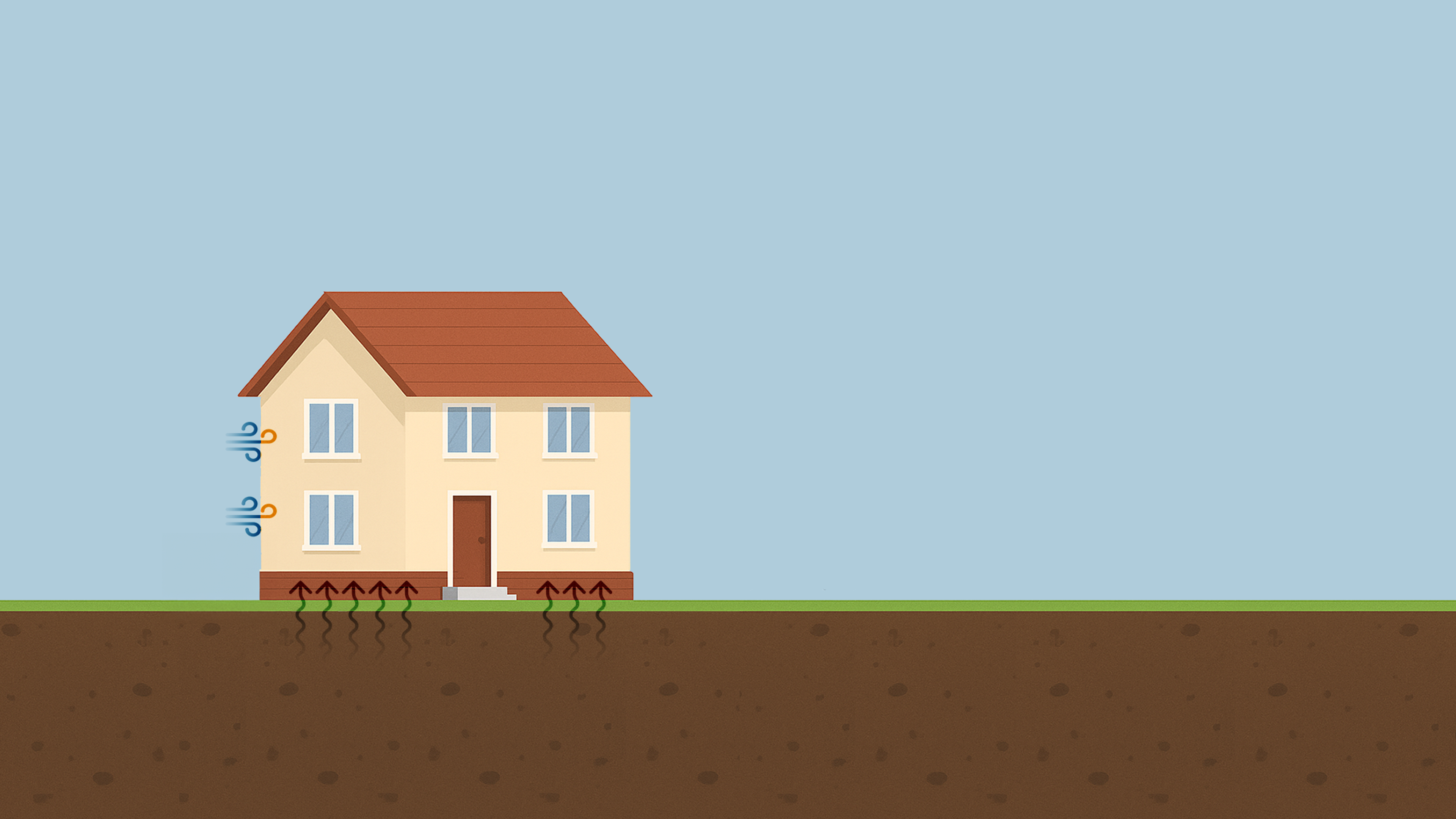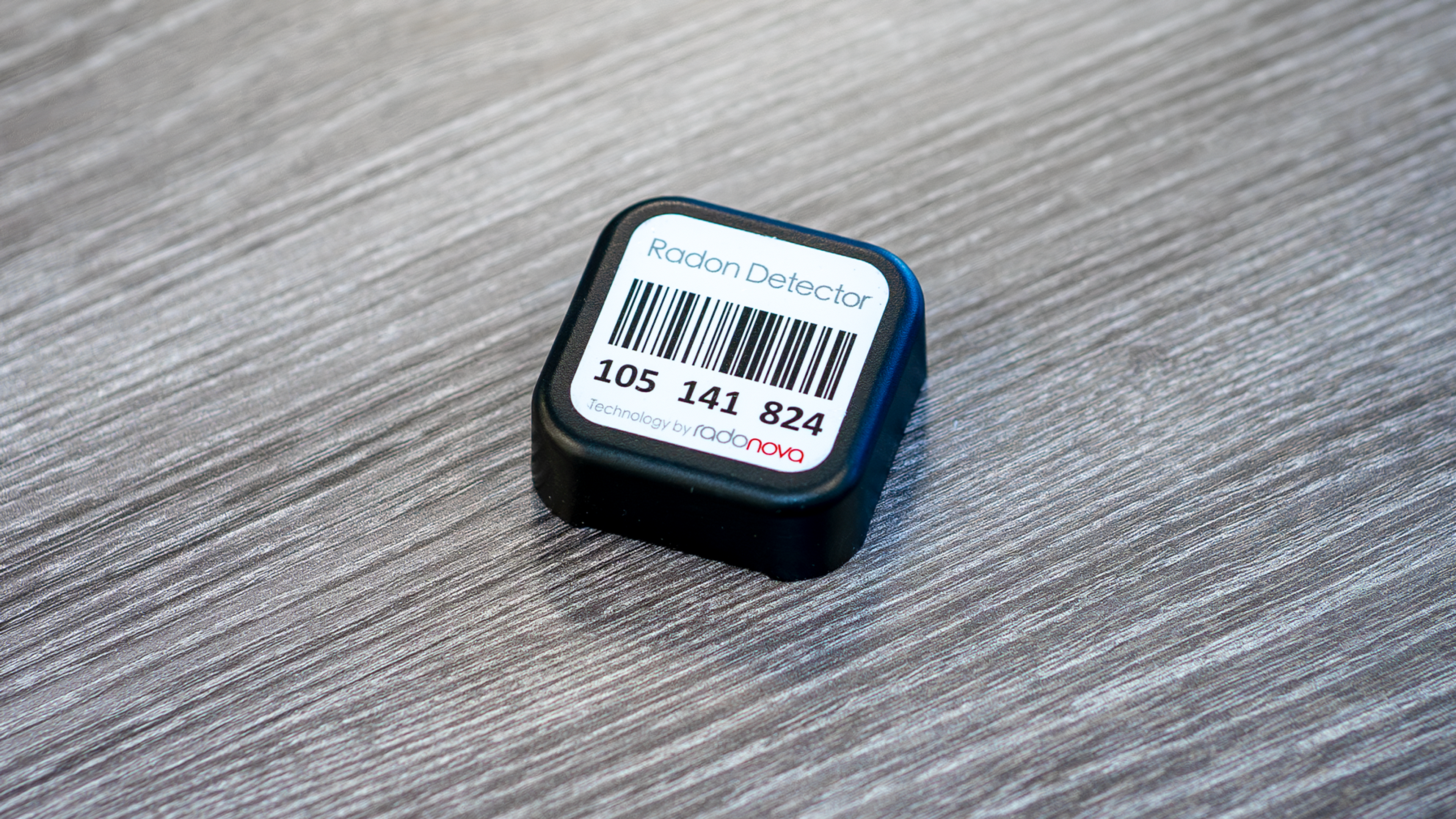

The Helpful Role of Radon Testing in Vapor Intrusion Projects
Buildings and homes constructed on land previously occupied by dry cleaners, gas stations, car repair shops, or textile manufacturers often require vapor intrusion mitigation. Hazardous chemicals they leave behind in the soil can release airborne toxins, contaminating the indoor air of new structures. Prolonged exposure to these vapors increases the risk of cancer and chronic diseases.
What is Vapor Intrusion
Vapor intrusion, or VI, is the process where vapors from volatile organic chemicals (VOCs) in soil or groundwater migrate indoors where they can then accumulate to unhealthy levels. VOCs include industrial solvents such as:
- benzene
- trichloroethylene (TCE)
- tetrachloroethylene (PCE)
- vinyl chloride
- methylene chloride
- formaldehyde
- methane
Other vapor hazards include semi-volatile organic compounds such as polycyclic aromatic hydrocarbons (PAHs) and some polychlorinated biphenyls (PCBs) and inorganic compounds such as mercury, hydrogen cyanide, and per- and polyfluoroalkyl substances (PFAS).
Vapor Intrusion Mitigation
“Vapor intrusion and radon mitigation systems go hand in hand. If done correctly, one can mitigate radon gas along with other dangerous vapors in one fell swoop,” says Casey Bickes, founder and president of Tennessee Radon Services. Bickes began his career as a radon mitigation technician. “At the time, I only knew that radon caused lung cancer but learned it could also lead to many more ailments. This led me to wonder what else we were breathing. What else could be causing the rate of cancers and other disorders to skyrocket in so many people around the world?” This then led him to start his own company, Tennessee Radon Services in 2016, and Bickes Environmental Mitigation in the ensuing years.
Bickes goes on to say that when builders are tearing down old dry-cleaning structures, gas stations, car repair shops, etc. and building on those sites, the chemicals they released into the ground are making their way up into the air we breathe. “These airborne toxins can cause anything from liver and kidney damage to autoimmune disorders like scleroderma and diseases of the central nervous system.”
Radon and Vapor Intrusion Comparison
Both radon and chemical vapors enter buildings through cracks and openings in foundations, walls, and pathways for utilities or sewer lines. Radon mitigation and vapor intrusion mitigation are needed when radon or chemical vapors threaten the indoor air quality. Mitigation for both is similar. For example, sub-slab depressurization (SSD)systems were developed to mitigate intrusion of radon gas but are also effective for VI mitigation.
“We do see a correlation in the results after a vapor intrusion mitigation system is activated, noting that as radon levels are reduced, so are the levels of VOCs,” says Bickes. “This comes from the commonalities of both mitigation systems needing a specialized vapor barrier and active depressurization. If radon can find its way into a building, so can other airborne toxins.”
“Both are usually higher in concentration during cold or wet weather due to reduced ventilation inside that dwelling,” comments Bickes. “We like to think about it this way: if you don’t want to be outside, neither do the harmful chemicals we breathe, and they will figure out a way to stay warm and dry inside with you.”
The most concerning similarity is that both long term radon exposure and VI chemical exposures are a health concern that increases an individual’s risk of developing cancer and serious illnesses.
Conversely, there are differences between radon gas and VI chemicals. Radon is a naturally occurring gas while vapor intrusion chemicals can be manmade. Radon is an inert gas that doesn’t react with other elements, whereasVI chemicals are chemically reactive and can reach levels high enough for an explosion hazard. Radon is an odorless gas while some VOCs have a distinct odor.
Radon Testing Role in VI Investigations
Radon testing can be a crucial component of a VI project because radon behaves similarly to many VOCs in the way it migrates from soil into buildings.
Radon Provides Evidence of VI Entryways
- Radon gas movement mimics that of VOCs, which makes it a useful tracer to assess whether vapor intrusion pathways exist.
- If radon is detected at elevated levels, it suggests that other soil gases or harmful VOCs can also be entering the building.
- Since radon gas is driven by the same forces as other VOCs or chlorinated solvents, like TCE and PCE, radon testing can help determine how vapors migrate into indoor spaces.
Radon Testing is Cost Effective
- Compared to a comprehensive VI assessment, radon testing is relatively inexpensive.
- When used in early phases of a project, radon testing can help to prioritize sites for a more detailed and efficient VI investigation.
- Radon is often used as a tracer gas because it is easier and more economical to measure than many VI contaminants.
Distinguishing Between Indoor and Ground Soil Sources
- Vapor intrusion projects determine whether contaminants are coming from the outdoor ground or from indoor sources.
- Comparing radon to VOC concentrations helps in differentiate whether the VOC comes from indoor air sources, such as stored chemicals, indoor cleaning agents, aerosol sprays etc., or from soil vapor intrusion.
Radon Mitigation and VI Mitigation
- Sub-slab depressurization used in VI mitigation is similar to radon mitigation. Radon testing after a VI mitigation can help confirm the mitigation’s effectiveness in reducing vapor intrusion.
- Reduced radon post-mitigation suggests that VI pathways have also been successfully mitigated.
- In many cases, buildings with existing radon mitigation systems may have reduced vapor intrusion.
Tennessee Radon Services and Bickes Environmental Mitigation specialize in mitigating pre-construction and existing multifamily and commercial buildings across the United States. They recommend installing a spray-applied vapor barrier on all pre-construction projects. “This has definitely set us apart from our competition in getting and keeping VOC levels down while addressing radon as well,” Bickes says. “Bottom line is whether you are buying a home or building a skyscraper, it is good practice to test AND mitigate for potential airborne carcinogens, just for the HEALTH of it!”
Click here to stay informed about radon industry news and product discounts.
Published
April 07, 2025




